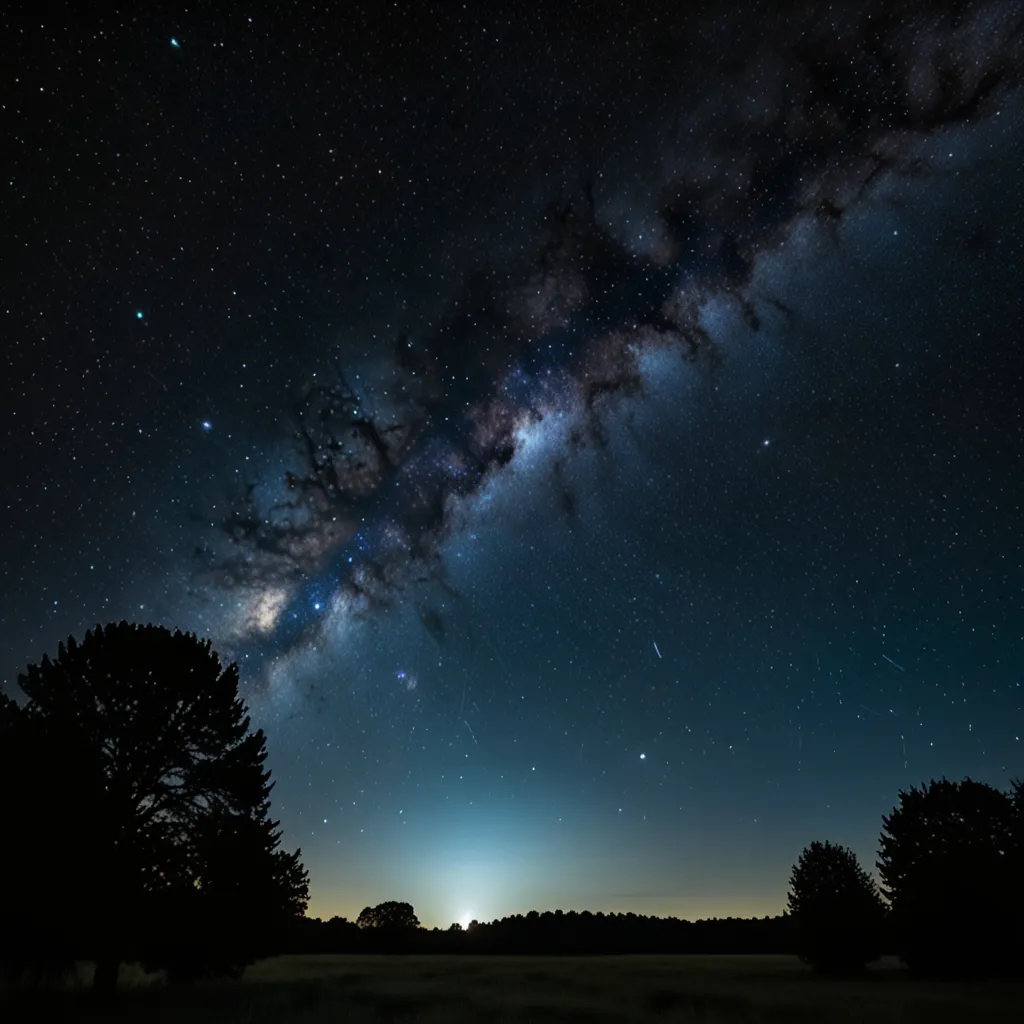I recently had the pleasure of chatting with Brian Keating, a distinguished cosmologist and professor of physics at the University of California, San Diego. Brian and I share a common passion for exploring the big questions about life and the universe. With his expertise, he dives deeper into these topics. He’s an author of two compelling books and runs a popular science podcast, making his insights not just academic but also accessible to many.
Brian’s specialty is the cosmic microwave background (CMB), which is often described as the universe’s oldest fossil heat from the Big Bang. He’s particularly focused on the polarization of the CMB. This might sound technical, but essentially, studying this aspect could help us detect gravitational waves from the dawn of the universe. These waves could unveil secrets about the earliest moments of our cosmos, offering clues about its origin and development.
In our conversation, Brian explained that the CMB acts like an ancient film reel, capturing vital information from the universe’s infancy. By analyzing it, we can sort of “develop” this reel to see details that are otherwise invisible. If gravitational waves from the Big Bang left their mark on the CMB, this could be groundbreaking, revealing stages of cosmic inflation that textbooks have long hypothesized.
When discussing polarization, Brian drew an analogy to polarized sunglasses, which filter light in specific ways. The light from the early universe interacts with matter, imprinting clues about its properties. Through the cosmic microwave background, these interactions become a diagnostic tool, making it possible to trace the primordial waves of gravity that might otherwise remain undetected.
Brian further touched on the fascinating dynamics of dark matter, distinguishing between new forms of matter and potential modifications of our understanding of gravity. He identified neutrinos—tiny, pervasive particles—as a known form of dark matter. However, he emphasized that these only account for a portion of the dark matter puzzle, pointing to ongoing projects aimed at discovering other candidates, like axions.
We also ventured into the subject of extraterrestrial life. Brian is somewhat skeptical about the existence of life elsewhere in the universe, given the stringent conditions necessary for life as we know it. He mentioned ongoing debates and research, including the famous yet inconclusive 1996 findings on potential Martian meteorite indications—an example of how evidence can remain elusive and unconfirmed for years.
Overall, our conversation was as enriching as it was broad, covering everything from cosmic inflation and dark matter to the probabilities of alien life. Brian’s work continues to push the boundaries of what we know about the universe, always seeking new data points and evidence to refine or revolutionize our understanding.
It was a fascinating discussion, and I look forward to diving deeper into Brian’s work and other exciting discoveries in the realm of cosmology.






